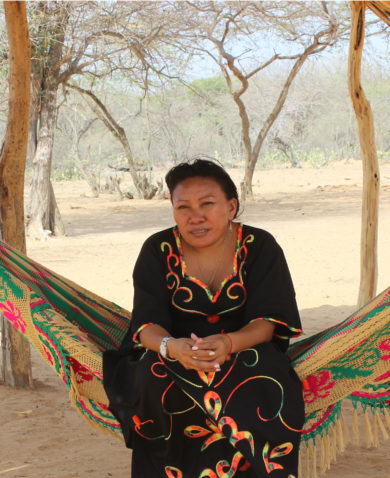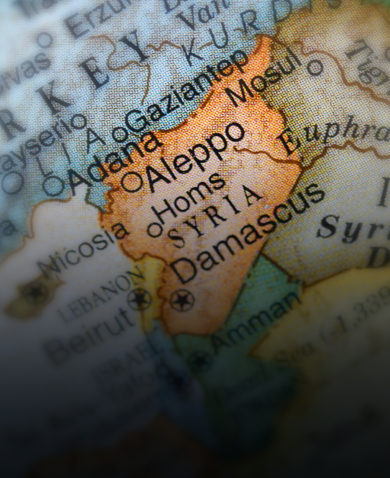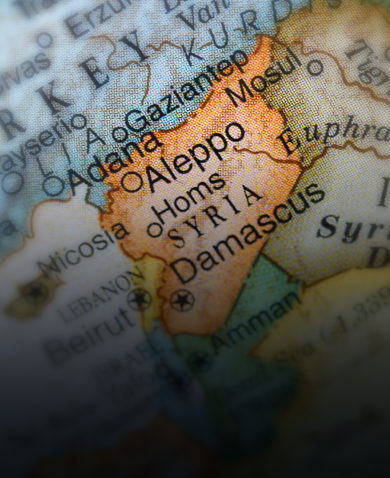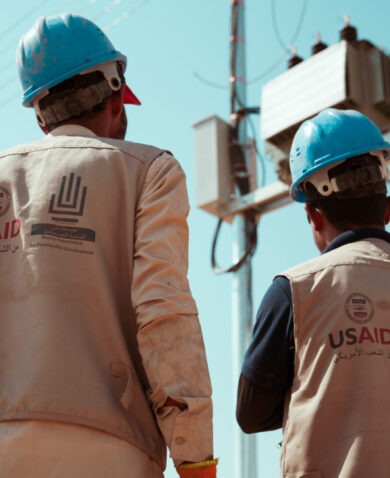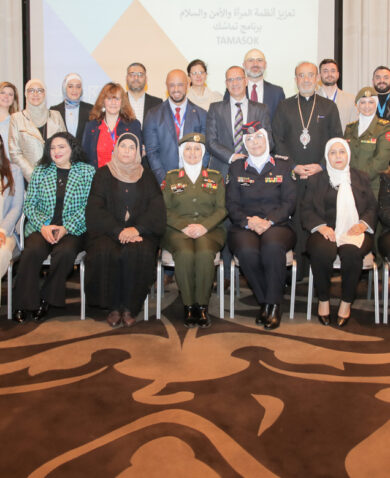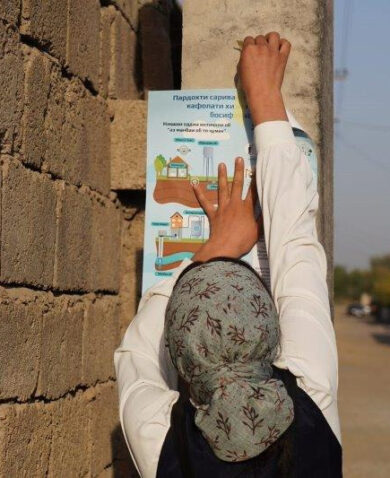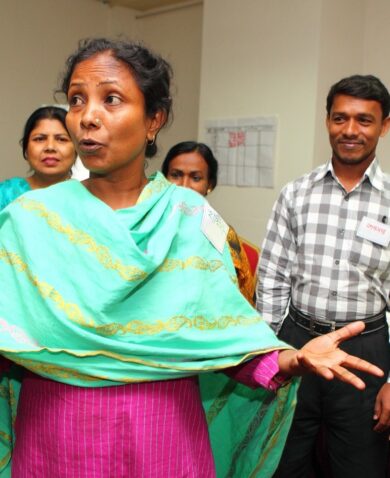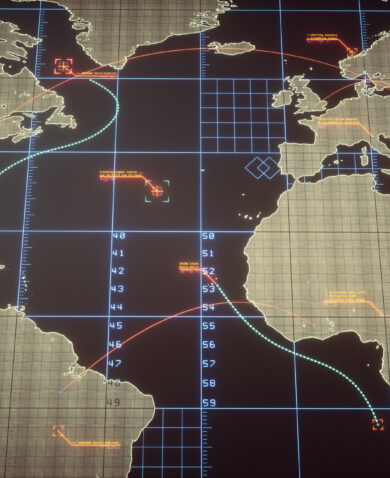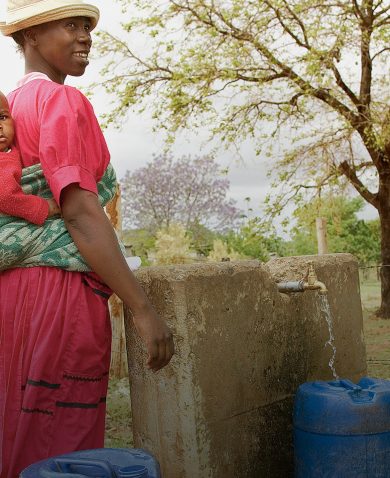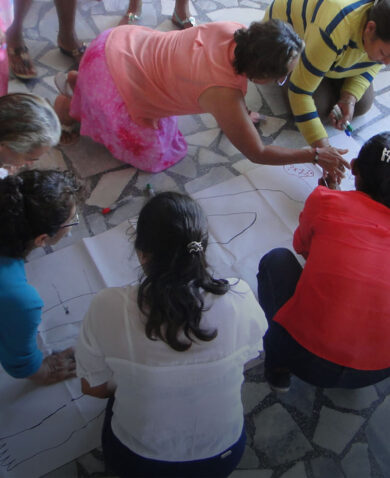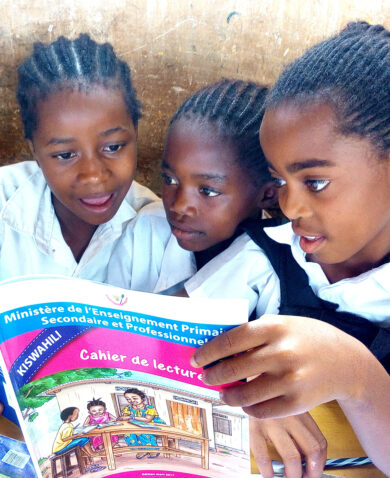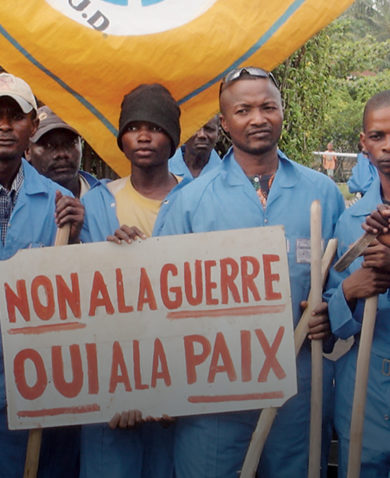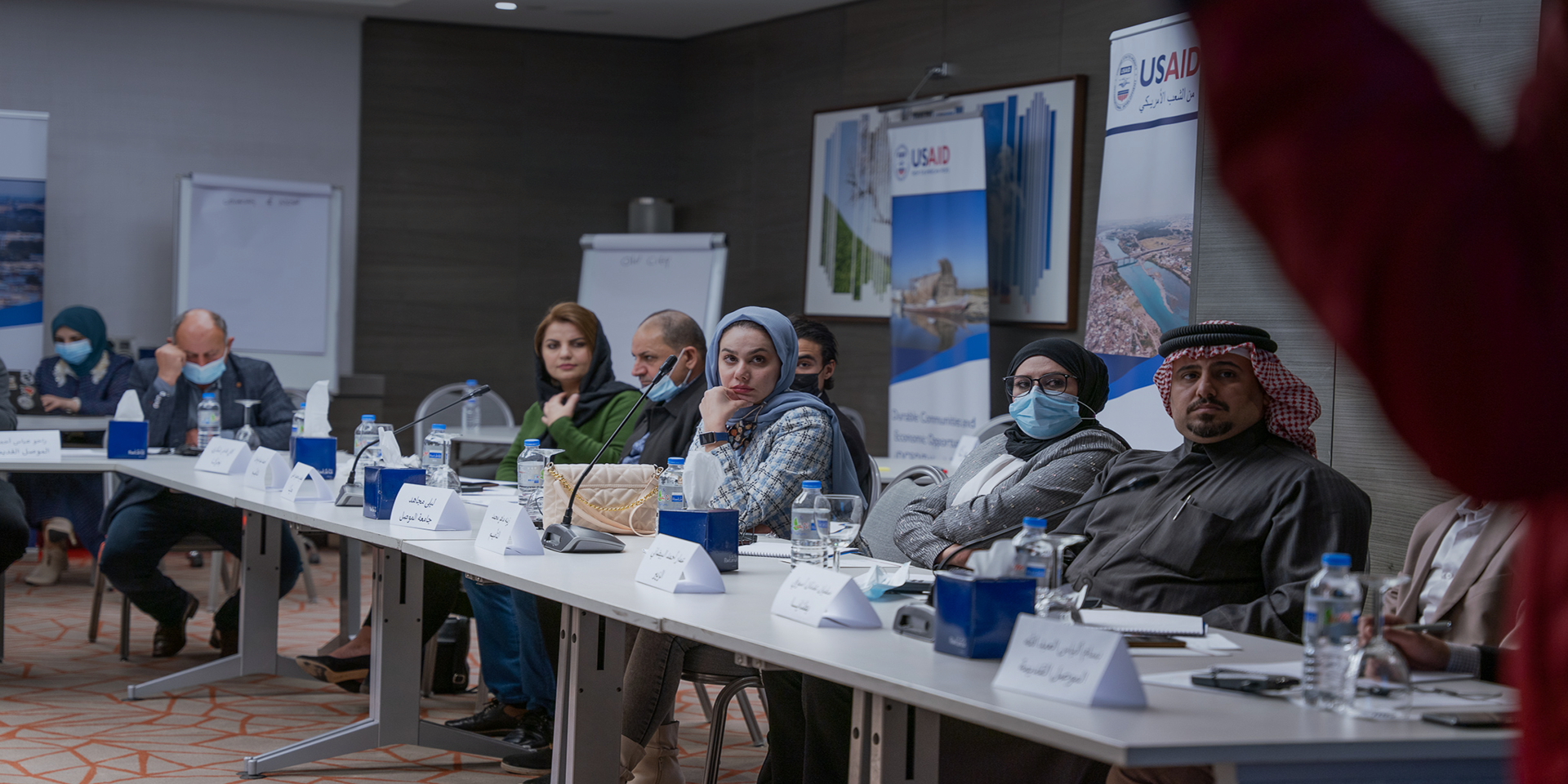
Why Conflict Analysis Matters for Economic Development
August 15, 2022 | 4 Minute ReadIn fragile and conflict-affected areas, promoting effective economic growth is impossible without a thorough understanding of local conflict dynamics. Without this, programs risk causing more harm.
Economic development does not happen in a vacuum. Each country has unique attributes and challenges that can affect program outcomes – from local identity politics to tensions over resources – and attitudes towards minorities. Promoting economic growth in fragile and conflict-affected areas adds an additional layer of complexity as programs run the risk of exacerbating tensions and reigniting conflict. Conflict sensitivity (CS) analysis – which is based on the understanding that any project operating within a conflict-affected or fragile environment has some impact on peace and conflict dynamics even if the project does not directly target peacebuilding and stabilization – is a critical component to ensuring that economic growth efforts are successful.
CS goes beyond minimizing negative impacts of project activities, instead focusing on understanding the conflict as a complex system of relationships by providing implementers with a nuanced understanding of how local power dynamics and the political implications of a program’s activities can contribute to, or even ignite, conflict. It has three core elements: evaluating the conflict’s context, assessing potential interactions between the system and the program’s activities, and continuously evaluating the program’s impact. Based on Chemonics’ 47 years of experience in international development, particularly in conflict and post-conflict areas, here are some lessons for how CS can be incorporated into program design and implementation to generate long-term economic growth and stability.
Applying Conflict Sensitivity Analysis to Economic Development
Economic-growth programs often engage with job generation and private sector development activities to help raise the standard of living for local communities and possibly decrease local grievances that exacerbate conflict by helping increase livelihoods or decrease inequalities. However, within a conflict-affected area, market conditions are different than in more stable environments. Conflict sensitivity helps us understand these interactions. Instability and fragility are often associated with the presence of illicit economies, unskilled labor, high levels of untaxed informal economic activity, weak fiscal stability, and limited access to credit and financial services. These factors, coupled with tensions between local groups and infrastructure damage, can in turn contribute to low investor interest. Hence, the low productivity and instability of the private sector plus high levels of unemployment within these contexts is directly tied to the conflict.
Development programs should try to decipher what, if any, local economic tensions exist and how they may lead to new – or exacerbate existing – conflict. An economic growth program should evaluate the existence and interaction of the main ethnic, social, economic, and identity groups, their treatment by legislation and the government, and their economic opportunities. For example, offering employment to one group may create tensions with another or using a certain resource may diminish quality of life for some communities.
Our Experience in Iraq
The USAID-funded Iraq Durable Communities and Economic Opportunities (DCEO) program is a real-world example of the application of conflict-sensitive programming as its main objective is to advance economic well-being and livelihoods in vulnerable communities in a fragile country. Iraq faces political and economic instability following the negative impacts of COVID-19, fluctuating oil prices, persistent ethnic-religious tensions, long-term conflict, and the inability to provide basic services. In this context, DCEO understood that CS could create “conflict positive” opportunities that intentionally rebuild relationships in an effort to restore economic ties between divided parties. There are three layers to this approach:
- Understanding the Context of the Conflict: Assessing the conflict’s context not only enables practitioners to minimize negative impacts of economic growth programming, but it also allows them to identify and address long-term development challenges more effectively. In the DCEO case, Chemonics used key local informant interviews and community surveys to outline institutions, identities, and actors that caused, participated in, and responded to conflict. The assessment found that Iraqi communities were still recovering from effects of Islamic State occupation and other historical issues including high levels of displacement, acute need for humanitarian assistance, limited basic services, unstable work environments, and infrastructure weakness.
- Implementing program activities that are context and conflict aware: In these contexts, interventions cannot operate apolitically. If activities fail to acknowledge local power dynamics, they are likely to have negative consequences. The DCEO team used its original conflict assessment to create a strategy that focuses on collaboration within communities through small-scale, community-identified projects, engaging with and strengthening actors and institutions viewed as legitimate – such as civil society organizations and businesses. Upon conducting the CS analysis and identifying grievances among the youth, DCEO decided to promote a positive youth development environment, linking them with Micro, Small, and Medium Enterprises and business networks that drive entrepreneurship, innovation, and leadership. Beyond these efforts, DCEO continues to respond to evolving drivers of conflict that impact economic growth and takes a demand-driven approach. The program focuses on supporting local business owners and using continuous insight from communities as to which activities should be continued or changed.
- Continuously assess and evaluate programming: CS assessments analyze the entire conflict as a system, thinking about the bi-lateral relationship between the intervention and the context. Within a conflict context, security dynamics are not always linear and straightforward; group relationships and alliances may change, a peace deal may have unexpected consequences, or a policy might raise tensions that accelerate violence. Programs like DCEO must use monitoring and evaluation tools, such as conflict maps, to consistently track and analyze conflict drivers and triggers over time and assess their implications.
Economic prosperity is a key factor in improving livelihoods and achieving long-term stability in crisis-affected areas. However, when done without an awareness of the local conflict drivers and community dynamics, programs run the risk of causing more harm than good. As implementers, we must evaluate the identities, power struggles, resource conditions, and cultural relationships of a country to deliver intentional economic growth programs. Conflict sensitivity assessments should be the foundation of programs that bring long-term economic development, address the factors that hinder growth, and effectively support target communities.
Photo caption: This photo was taken during the community leaders session from Baghdad, Basrah, Anbar, Mosul, and Erbil on December 15, 2021. The purpose was to confirm whether the community dialog session’s design fits the community’s reality and whether the identified solutions are selected by the community.
Posts on this blog represent the views of the authors and do not necessarily represent the views of Chemonics.



